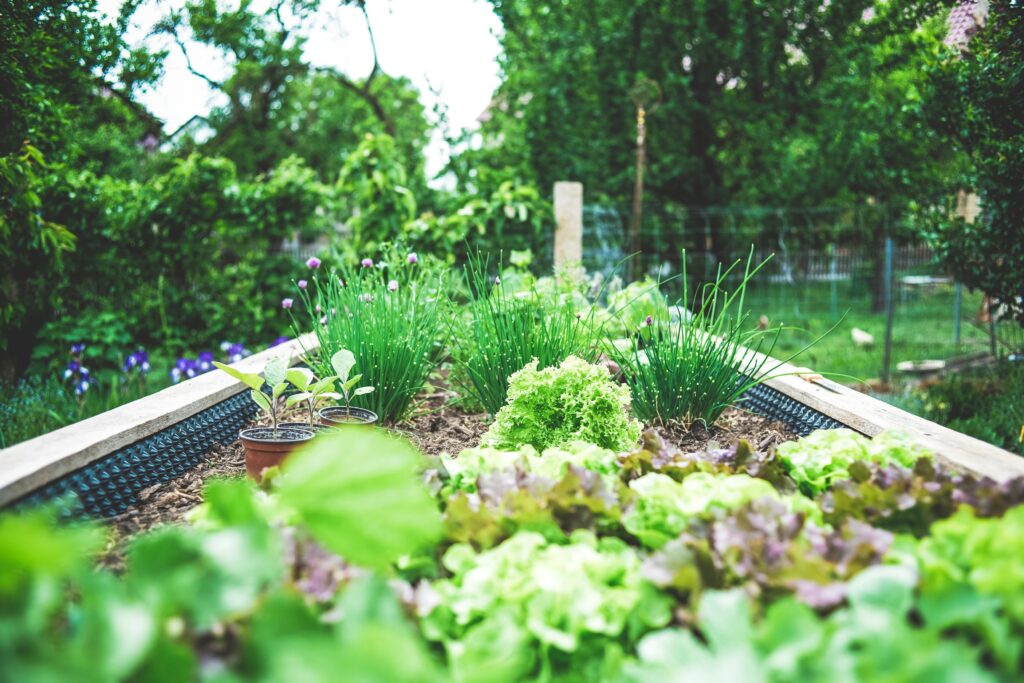We tend to think of cities as places for cars and buildings, but it may be wise to rethink that. Cities can host green oases that are helpful both for the local ecosystem and for humans. Cities can also help grow food locally, providing environmental benefits while also feeding urban dwellers. In fact, urban farming gardens can have a comparable yield to that of farms.

“In a world of increasing urbanization in both the developing and developed worlds, producing food in and around cities has the potential to improve both nutritional and health outcomes, alleviate poverty and simultaneously provide habitat for wildlife and create sustainable cities,” said Beth Nicholls a UKRI Future Leaders Fellow, at the University of Sussex.
Nichols presented the study results at the Ecology Across Borders conference and, although the findings have not been peer-reviewed yet, they could be significant for many urban areas around the world.
The researchers analyzed the performance of urban gardens in the British city of Brighton over a two-year period. They recorded the pollinator visits to this garden (over 2,000 pollinating visits, with bees accounting for almost half of the pollinators visits). The researchers noted that surprisingly, flies accounted for 34% of the pollinator visits.
Overall, the urban farms produced around 70 kg over a season, with an average of 1 kg of insect-pollinated fruit and vegetables per one meter square, within the range of specialized farms. The yields were achieved with limited pesticide use, indicating low environmental damage in addition to the food itself and benefits to diversity such as habitat creation.

It’s not the first time that researchers highlighted the benefits of urban farming. In 2020, one study found that by using just 10% of the city’s gardens and parks, around 15% of the city’s population could be fed — with local, low-pesticide food. There are limitations to urban farming (it’s work-intensive and difficult to scale), so you wouldn’t expect it to feed one city by itself, but it could be a useful complement to conventional types of agriculture. In fact, the UN estimates that urban farming produces around 20% of the world’s food, while also being more sustainable than conventional agriculture.
“The UK imports approximately £8 billion of fruit and vegetables each year, but our results show that green spaces in cities, such as allotments and community gardens, could play an important role in meeting that demand at a local scale.”
The methods in this study could also be adapted for studies in other parts of the world. In fact, one similar study is currently being set up in Calcutta, India. Nicholls concludes:
“We are currently collaborating with researchers from the Centre for Pollination Studies at the University of Calcutta, who are exploring the viability of urban food production in India, a developing country where urban food production happens on a larger scale and food is produced both for personal consumption and for sale at markets.”









